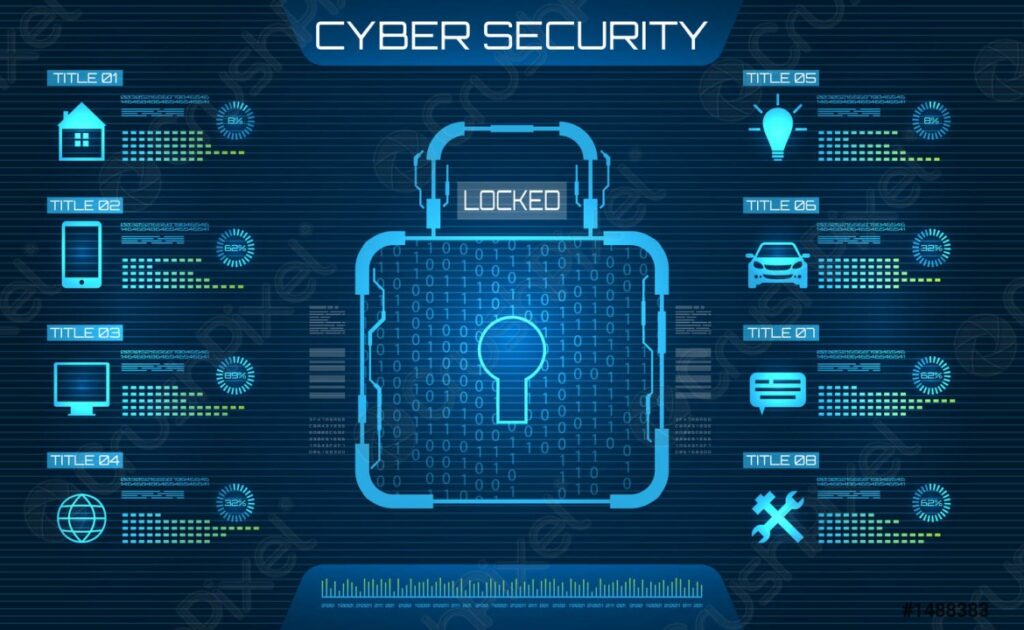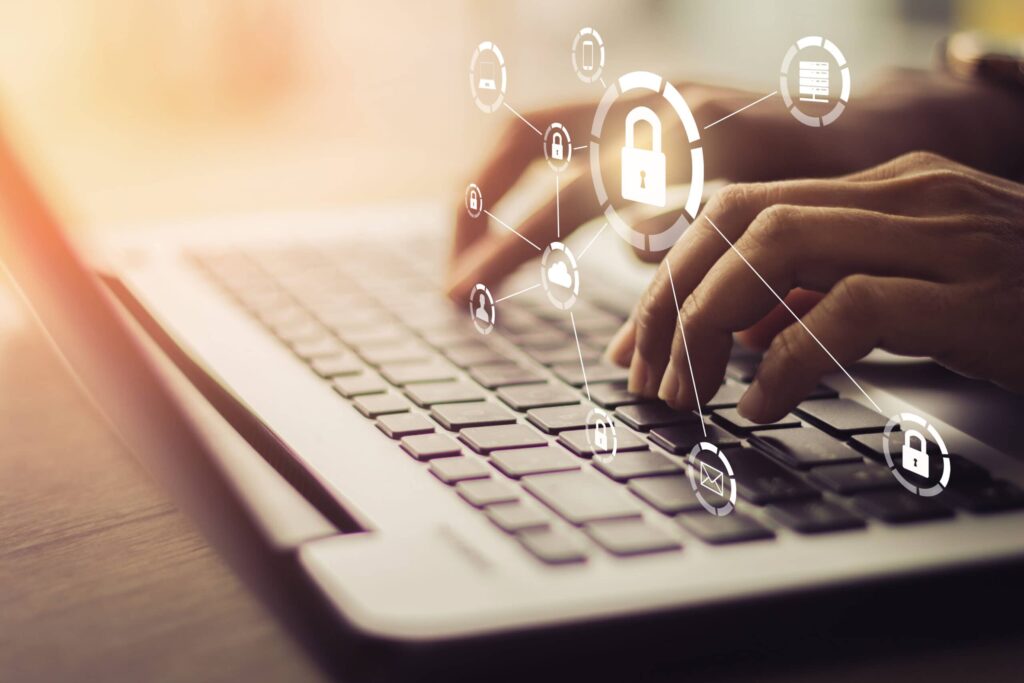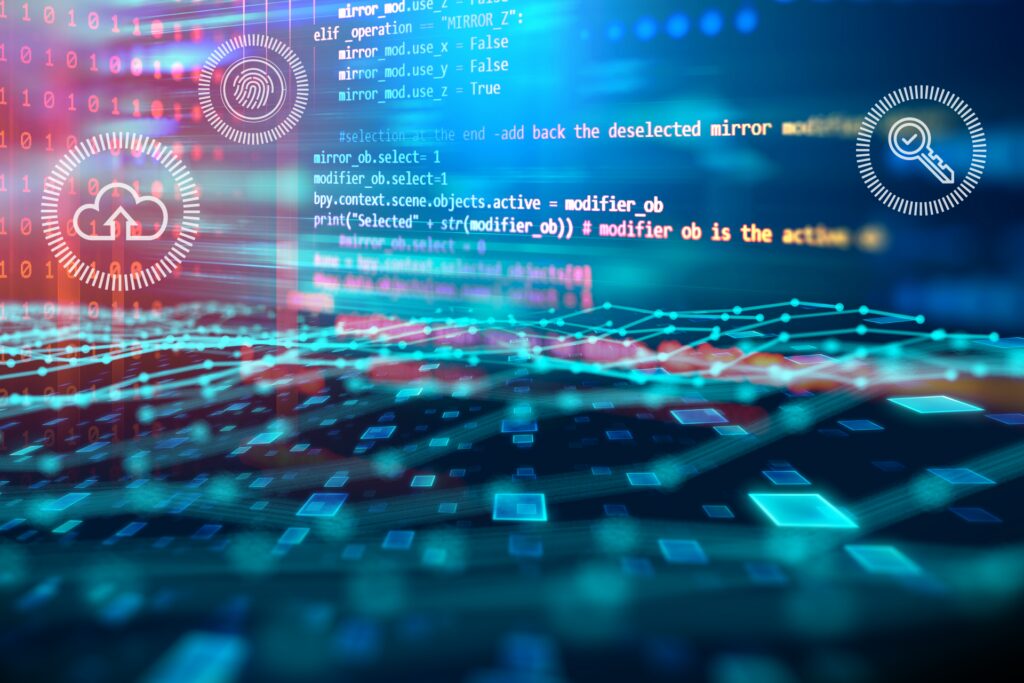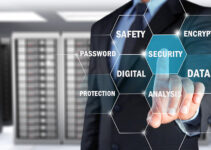In today’s hyper-connected world, where businesses and individuals rely heavily on digital technology for various aspects of their daily lives, the importance of cybersecurity cannot be overstated. The rapid evolution of technology has brought about countless benefits, but it has also created a playground for cybercriminals looking to exploit vulnerabilities and gain unauthorized access to sensitive data. This article delves into the world of cybersecurity, exploring its significance in safeguarding the digital landscape, and highlighting the role it plays in protecting critical assets, such as financial data, personal information, and proprietary business secrets.
Cybersecurity: Defending the Digital Realm
Cybersecurity protects computer systems, networks, and digital assets from theft, damage, or unauthorized access. It encompasses various strategies, technologies, and practices to safeguard our increasingly digitized world. As our dependence on digital technology grows, so do the threats lurking in the internet’s shadows. In this context, the expertise of professional services like those offered by GuidePoint Security becomes invaluable. They provide specialized knowledge and tools essential for effectively combating these evolving cyber threats, ensuring safety and peace of mind in the digital age.
The Evolving Threat Landscape
The digital threat landscape is continually evolving, becoming more sophisticated and dangerous as technology advances. Cybercriminals employ a variety of tactics to compromise the security of individuals, businesses, and even governments. These tactics include phishing, malware attacks, ransomware, and more. The motivation behind these attacks varies, ranging from financial gain to espionage and activism.
The Financial Impact

Source: linkedin.com
The financial repercussions of cyberattacks are significant. A cyberattack can result in substantial monetary losses for individuals and organizations alike. For businesses, these losses can result from a variety of factors, including stolen customer data, intellectual property theft, ransom payments, and legal penalties. In some cases, a single cyberattack can cripple a company, leading to bankruptcy and the loss of jobs.
The Personal Cost
On an individual level, cyberattacks can lead to devastating consequences. Identity theft, for example, can result in the theft of personal and financial information, leading to significant financial losses and emotional distress. Victims of cybercrime often find themselves in a web of problems that can take years to resolve.
The Importance of Cybersecurity
Given the dire consequences of cyberattacks, the importance of cybersecurity cannot be overstated. It is an essential component of our digital lives, protecting both personal and professional interests. Here are some key reasons why cybersecurity is crucial:
- Protection of Sensitive Information: Cybersecurity safeguards sensitive data, including personal information, financial records, and proprietary business data. Without adequate security measures, this information is vulnerable to theft or misuse.
- Safeguarding National Security: In our interconnected world, national security heavily relies on digital infrastructure. Protecting critical government systems and infrastructure is essential to preventing security breaches that could have far-reaching consequences.
- Ensuring Business Continuity: Businesses depend on digital systems and data for their operations. A successful cyberattack can disrupt these systems, resulting in downtime and financial losses. Cybersecurity helps ensure business continuity and minimizes the risks associated with service disruptions.
- Building Trust: Customers and clients need to trust that their personal information is secure when they interact with businesses online. A robust cybersecurity framework helps build this trust, enhancing a company’s reputation and attracting more customers.
- Regulatory Compliance: Many industries are subject to strict regulations governing the protection of sensitive data. Cybersecurity is essential for compliance with these regulations, such as GDPR, HIPAA, and others.
- Protecting Intellectual Property: Businesses invest heavily in the development of proprietary technology and intellectual property. Cybersecurity helps protect these assets from theft and industrial espionage.
- Defending Against Emerging Threats: Cybersecurity is not a one-time endeavor. As cyber threats continue to evolve, cybersecurity professionals must adapt to new challenges and develop innovative solutions to counter emerging threats.
Automation and Cybersecurity

Source: agworkers.com
Automation has become an integral part of modern business operations. It involves the use of technology to streamline sales processes, improve efficiency, and increase sales productivity. While automation can offer numerous benefits, it also introduces potential security risks.
Sales automation tools, such as Customer Relationship Management (CRM) systems, often contain sensitive customer data, financial information, and proprietary sales strategies. Ensuring that these tools are protected from cyber threats is essential for maintaining the integrity of the sales process. A breach in an automation system can lead to data loss, financial losses, and a damaged reputation.
To mitigate the risks associated with automation, businesses must incorporate cybersecurity measures into their sales processes. This includes implementing robust access controls, encryption, regular software updates, and employee training on security best practices. By doing so, companies can enjoy the advantages of automation without compromising the security of their data and customer information.
Cybersecurity Best Practices
To protect digital assets effectively, individuals and organizations should adhere to cybersecurity best practices. Here are some essential steps:
- Strong Passwords: Use complex, unique passwords for all online accounts and systems. Passwords should be changed regularly.
- Two-Factor Authentication (2FA): Enable 2FA wherever possible to add an extra layer of security to your accounts.
- Regular Software Updates: Keep operating systems, applications, and security software up to date to patch known vulnerabilities.
- Phishing Awareness: Educate employees and individuals about phishing techniques and how to recognize suspicious emails.
- Data Encryption: Ensure data is encrypted both in transit and at rest to protect it from unauthorized access.
- Network Security: Employ firewalls, intrusion detection systems, and other network security measures to safeguard against external threats.
- Employee Training: Train employees on cybersecurity best practices and create a culture of security awareness within your organization.
- Incident Response Plan: Develop a comprehensive incident response plan to address cyberattacks promptly and effectively.
- Backup and Recovery: Regularly backup data and test data recovery procedures to ensure business continuity in the event of a cyberattack.
- Regular Audits: Conduct regular security audits and vulnerability assessments to identify and address weaknesses in your cybersecurity infrastructure.

Source: ey.com
Conclusion
In an increasingly digital world, cybersecurity is not merely an option but a necessity. The risks associated with cyberattacks are real and severe, with potential consequences ranging from financial loss to the compromise of national security. While the benefits of automation and other technological advancements are undeniable, they should be accompanied by robust cybersecurity measures to safeguard sensitive data and digital assets.
Every individual and organization should take proactive steps to protect themselves from cyber threats. This includes employing strong passwords, enabling two-factor authentication, staying informed about emerging threats, and adhering to cybersecurity best practices. With a concerted effort to prioritize cybersecurity, we can enjoy the benefits of our digital world while minimizing the risks associated with it.



